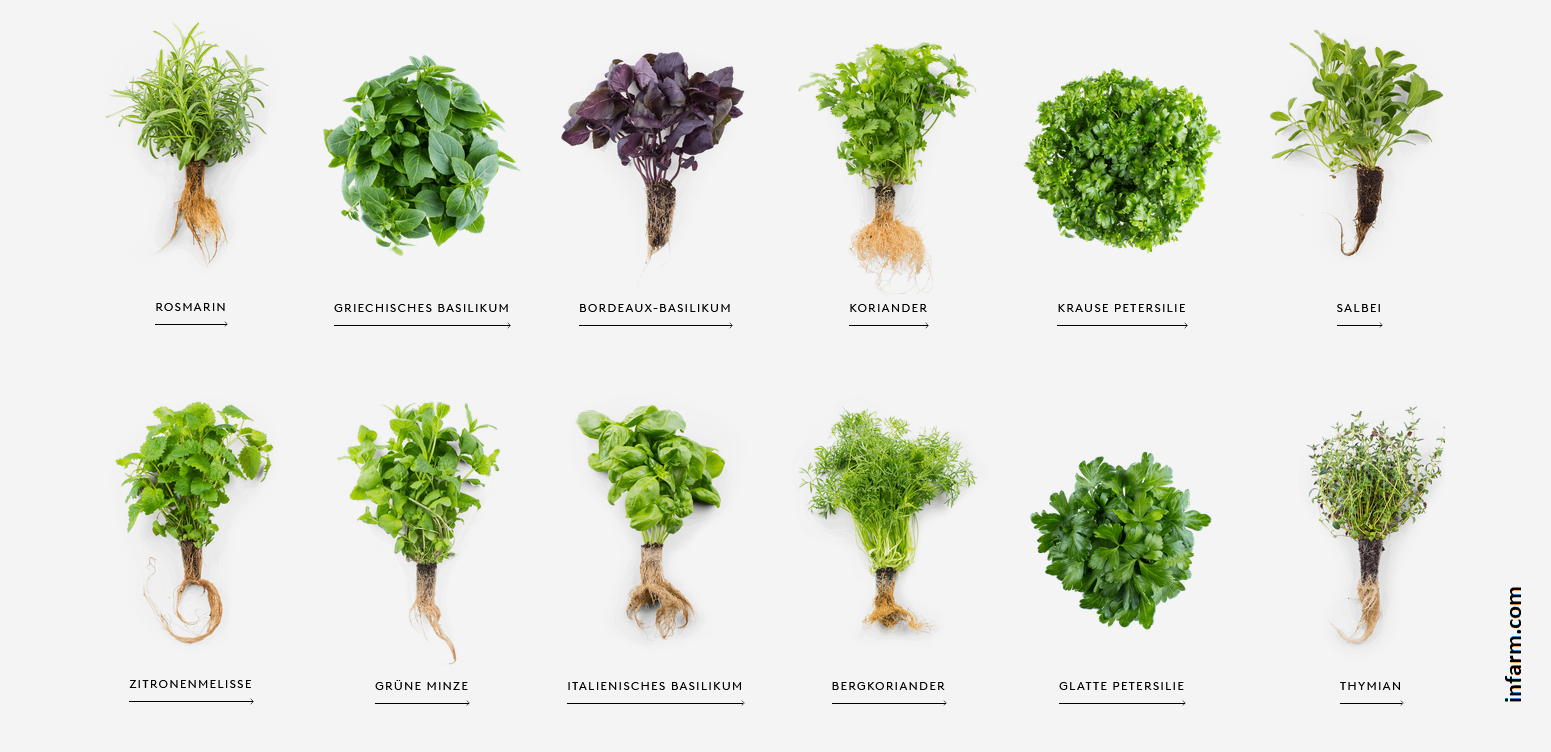Founded in 2013 in Berlin, start-up Infarm (composed of indoor and urban farming) markets organic vegetables and herbs, produced on site in restaurants and supermarkets by "vertical farming".

The Infarm concept saves water, transport and land resources. Infarms plants sprout untiringly, as well as Infarm itself. The company has now grown to more than 1,200 farms worldwide. They are connected in an intelligent, self-learning cloud: growing yields facilitated by cloud farming.
This is just one of countless AI applications in agriculture. In many regions of the world, the population continues to grow. In others, consumer demands for healthy, organic food, produced without chemicals and in harmony with nature and animal welfare are rising. AI is capable of securing the world's food supply and improving nutrition quality at the same time.
In 2020, the German Federal Ministry of Agriculture made a call for AI projects in
- Pattern recognition, pattern analysis and pattern prediction
- Machine Learning
- Deep learning
- Knowledge-based systems
- Intelligent machines (robotics)
- Machine planning and action
Within a few weeks, 82 proposals comprising a funding volume of € 92 million were submitted.
One heading is “precision agriculture.” AI-guided drones and UAVs (Unmanned Aerial Vehicles) fly over land and collect data on weather conditions, water consumption, soil conditions, plant growth, plant diseases, etc., that are analyzed by Image processing and Deep learning algorithms.
AI detects rampant weeds, fungal diseases and pest infestations and then triggers the precise application of suitable plant protectants. This reduces the incorrect, useless or excessive use of chemicals, protects flora and fauna, minimizes the development of biological resistances and saves costs.
Deep learning neural networks tell us which genes are most likely to adapt plants to, e.g., climate change-related droughts and extreme weather events. This supports future seed development.
Farm machines drive autonomously and, among other things, collect data for optimized, efficient field cultivation. Robots learn to weed, again in order to widely avoid the use of pesticides, herbicides, fungicides and so on. AI does coordinate the use of cost-intensive machinery for tilling, sowing and harvesting across farms.
Harvest forecasts over several weeks allow early planning labor input and logistics. And they help to make advantageous market decisions to avoid overproduction and price erosion.
Robots cause less stress for cows than humans do in a cowshed. Milking robots detect cows sickened with mastitis by measuring the color and conductivity of their milk. Unexpected changes in daily milk quantity or in feeding habits are symptomatic for diseases as well. Earlier than humans, AI detects behavioral changes that indicate estrus, calving or atypical aggression within a herd.
AI will increasingly help to meet our fundamental need for safe and healthy food, produced in line with nature. Mankind can solve the world's food problems – and conserve our natural environment at the same time.
Keep Earth worth living – employing AI on a computer from Omtec!
